My experience at the YSL Retrospective Exhibit
Permanent linkAs much as I love fashion and style, I wasn’t expecting my recent Colorado trip to be fashion-focused, as my boyfriend and I had big plans for more rustic adventures like hikes and horseback riding. However, on an unplanned whim, we decided to spend our final weekend in Denver following stays in Vail, Breckenridge, and Colorado Springs. To my pleasant surprise, there I was able to find my fashion fix.
The morning of our last full day in Denver, we asked our waitress about fun activities for the day. She mentioned that the Denver Art Museum was hosting a special YSL Retrospective exhibit. Of course, my boyfriend had no idea what this meant, and I of course immediately said, “We’re going!” After all, I missed the Alexander McQueen “Savage Beauty” exhibit, which was at The Metropolitan Museum of Art during one of my last NYC trips, and I was not about to make the same mistake twice.
That afternoon, we drove in torrential downpour to the museum, but were greeted by a mass of “Sold Out” signs for the exhibit. However, we pressed on and after bugging the guy at the ticket desk for a while, he miraculously discovered two final tickets to the 8 p.m. showing. This was the second to last day of the exhibit, which was developed by the Foundation Pierre Berge-Yves Saint Laurent, and it had only previously visited Paris and Madrid. Denver was the only U.S. city to host the exhibit, which is a retrospective covering 40 years of Yves Saint Laurent’s life and career. I felt pretty lucky to have been in the right place at the right time.
I actually did not know much about the famous Yves Saint Laurent (1936-2008) before experiencing this breathtaking exhibit, except that I very much admire the name brand’s current line of shoes and handbags (WANT the "dark magenta" patent monogrammed clutch). But I couldn’t wait to learn, and what I learned was magnificent.
The French designer, who believed that fashion comes and goes, but personal style is timeless, worked for Christian Dior during the early days of his career before creating his own fashion house. He was a phenomenal visionary who created a plethora of innovative and chic styles – a complete fashion trailblazer. Many of YSL’s designs are still fashion staples to this day. His innovations include but are not limited to the women’s tunic, the women’s pea coat, and refined women’s work attire, including women’s pant suits and tuxedos, which he famously called Le Smoking (various versions were dramatically displayed on perpendicular walls at the exhibit). A staggering 200 haute couture garments were featured in the Retrospective exhibit. If I could have touched them and taken a photograph next to each and every ensemble, I would have. They were displayed so artfully that I felt as though I was transported into an elaborate, Parisian fashion wonderland.
In addition to the fashions, the exhibit featured a re-creation of YSL’s studio and desk in Paris. This was actually one of my favorite aspects of the exhibit because it reminded me so much of my own personal work space – not my office at work, but my desk at home and the trinkets and magazine clippings I tend to collect from time to time to inspire me in fashion and in life. Just like my own, his desk area was contemporary and mostly white, but with pops of bright color. Actually, my desk itself is even the same style. Seeing all of this really made me smile, as I realized that I have something in common with the one and only YSL.
As I strolled through the exhibit, I became so engrossed that I basically listened to every recording on my little hand-held narrator machine twice (is there such thing as fashion OCD?). Although my boyfriend enjoyed the exhibit and appreciated the opportunity to learn about my passion, he was not as intense about it, and therefore, sped ahead from time to time. At one point, he came darting back to me and exclaimed (in a museum appropriate whisper of course), “You’re going to love what’s next!” As I entered into the next room, I discovered that the outfits were separated by culture, like a trip around the world. Here, I learned that for much of YSL’s career, he designed based on inspiration from various cultures and countries. His favorite? Morocco. For some time now, my boyfriend and I have been discussing a future trip to Morocco as I think it would be a fascinating country to see and experience firsthand. From what I have seen in photos, aesthetically, I think it’s magnificent. I learned that YSL fell in love with the country, especially the vibrant colors. He and his partner both in business and life, Pierre Berge, purchased vacation homes in Morocco and the country was so special to YSL, that his ashes were scattered there after he passed away in 2008. Learning about all of this definitely further inspired me to make the trip.
I walked from this room to the next, and finally into the “grand finale” room, which included a red carpet adorned with dozens of dresses and a unique piece of jewelry in a heart shape called “Le Coeur”, which YSL consistently lent to the model who wore his favorite design from each collection so that she could wear it during the show.
Needless to say, I left the Denver Art Museum completely impressed and enriched that I had expanded my fashion knowledge and appreciation. Yves Saint Laurent, through his tireless work, respect for women and their bodies, and passion for pushing boundaries and staying true to himself and his visions, made a permanent mark on the fashion world. I hope that one day I can experience the luxury and honor of owning one of his designs.



.jpg)
.jpg)
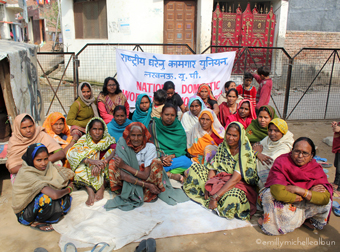
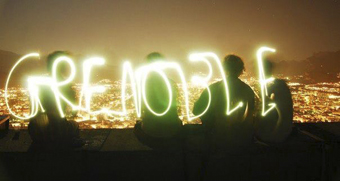
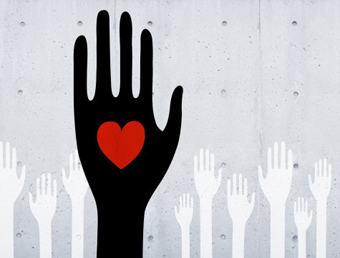

.jpg)

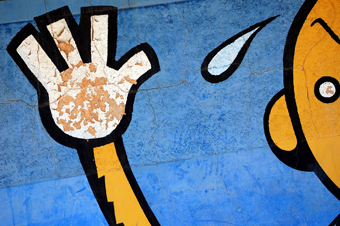
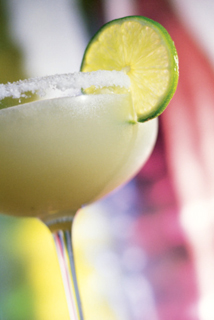

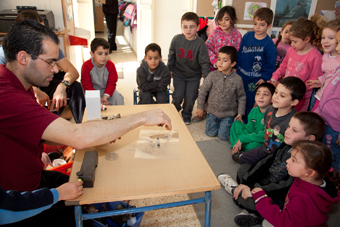
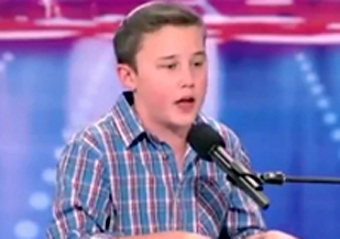
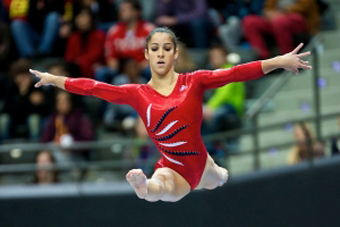
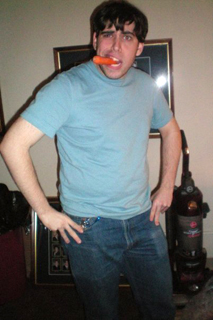



.jpg)



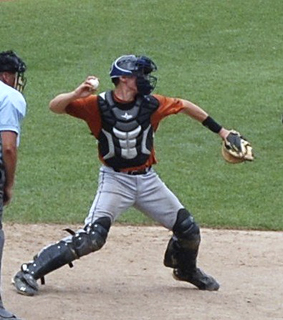

.jpg)



